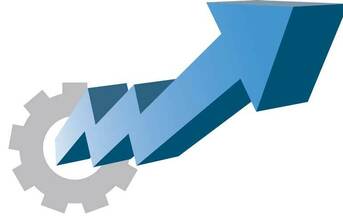
Reflecting the trends observed in output and new orders, firms raised their staffing levels in May, albeit at a softer pace. Greater production requirements were cited as the key reason behind the latest rise in employment. Latest survey data indicated a back-to-back monthly rise in outstanding business during May. Survey respondents linked this to delayed client payments and greater volumes of new business. Purchasing activity declined for the first time in seven months in May, albeit only fractionally. Meanwhile pre-production items held by Indian manufacturing companies rose at a slower pace. Stocks of finished goods, on the other hand, declined further in May. Despite easing from April's survey record, the rate of contraction was sharp. Indian manufacturing companies faced higher input costs in May, thereby stretching the current sequence of inflation to 32 months. Panellists commented on higher prices for raw materials such as oil and steel. Reflecting higher cost burdens, firms raised their selling prices in May. Both input and output price inflation picked-up to the strongest since February. Businesses remained confident towards the 12- month outlook for output in May. An expected improvement in demand conditions boosted optimism, according to anecdotal evidence. That said, the respective index remained below the historical average. Commenting on the Indian Manufacturing PMI survey data, Aashna Dodhia, Economist at IHS Markit and author of the report, said: "The latest PMI survey signalled a further, albeit slower, improvement in the health of the manufacturing sector in May. This was reflective of weaker expansions in output, employment and new business. On the other hand, the gain in new orders from overseas markets was the strongest since February." "A build-up of inflationary pressures re-emerged with input cost and output charge inflation at the strongest since February, due to the upswing in global oil prices. As a net importer of crude oil, this could potentially destabilise India's recovery, particularly in private consumption. At the same time, IHS anticipates that high oil prices will lead to a further depreciation of the Indian rupee and a wider current account deficit. Subsequently, in efforts to contain inflation and maintain financial stability, it is likely that the RBI will raise interest rates over the summer."
End
Source: IHS Markit Ltd




































